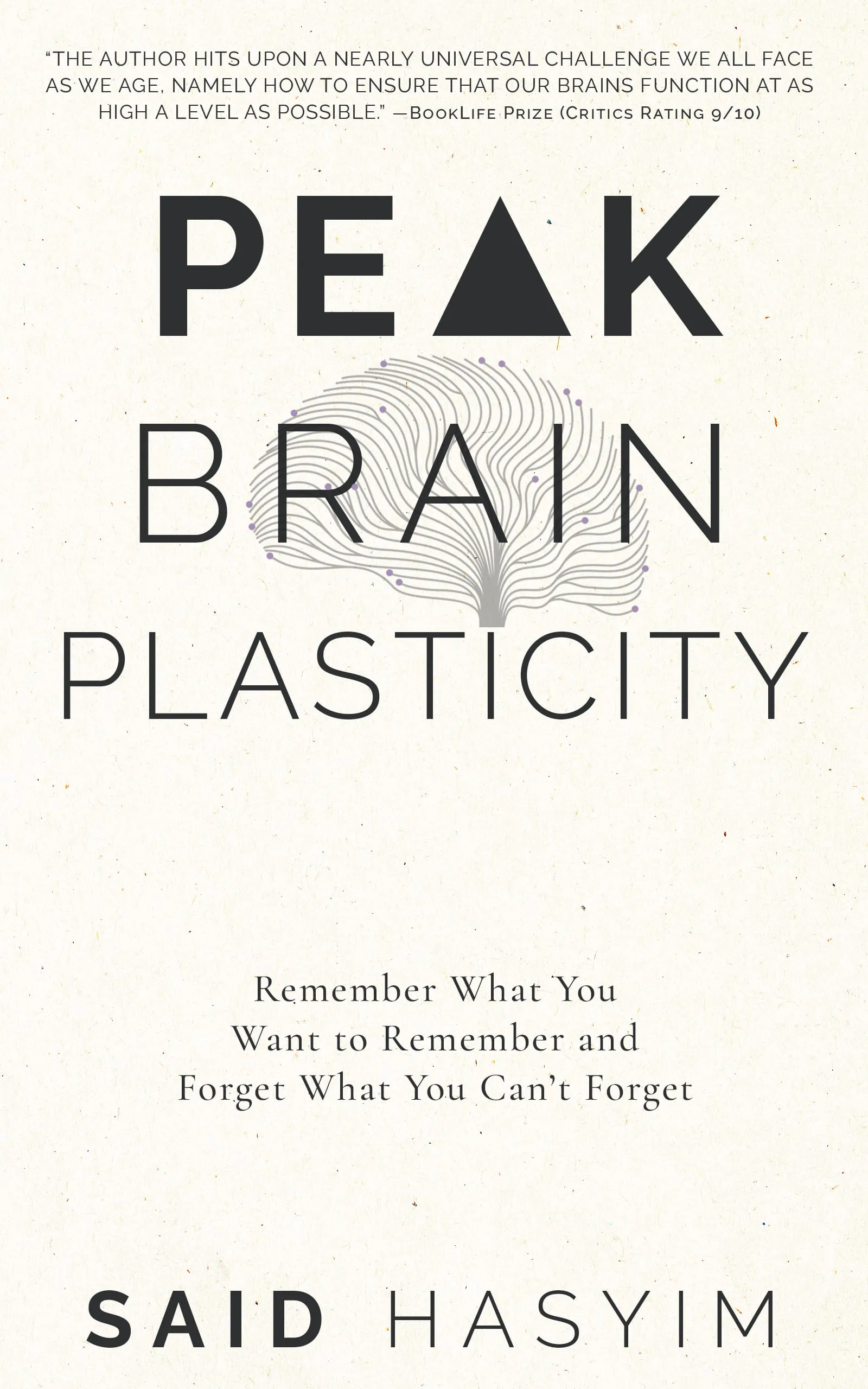Harnessing the Power of Brain Plasticity for Good
Introduction
The human brain is one of the most complex and remarkable organs in the body. For many years, scientific consensus held that the brain's structure and connections were largely fixed after a certain point in development. However, recent research has illuminated the incredible phenomenon of brain plasticity, revealing that our brains are capable of change, adaptation, and growth throughout our entire lives. This blog post will explore the concept of brain plasticity, its implications for personal development, mental health, and social change, and how we can harness this power for good.
What is Brain Plasticity?
Brain plasticity, also known as neuroplasticity, refers to the brain's ability to reorganize itself by forming new neural connections throughout life. This mechanism allows the brain to adapt to new experiences, learn new information, and recover from injury. Neuroplasticity is often categorized into two types:
Functional Plasticity: This involves the brain's ability to shift functions from damaged areas to undamaged regions. For example, after a stroke, individuals may regain lost functions as their brains form new pathways.
Structural Plasticity: This type allows the brain to physically change its structure in response to learning or environmental changes. The more we practice a skill or acquire knowledge, the more synaptic connections are strengthened, effectively reshaping the brain's architecture.
The Science Behind Neuroplasticity
At the cellular level, neuroplasticity occurs through processes such as synaptogenesis (the formation of new synapses), dendritic branching (the growth of dendrites), and neurogenesis (the generation of new neurons). These processes are influenced by various factors, including genetic predispositions, environmental stimuli, and personal experiences.
Research demonstrates that plasticity is most pronounced in early development but does not cease entirely in adulthood. Studies have shown that engaging in new experiences, learning new skills, and even practicing mindfulness can lead to measurable changes in brain structure and function across the lifespan.
Practical Applications of Brain Plasticity
1. Mental Health and Well-being
One of the most promising applications of brain plasticity is in mental health treatment. Therapies such as cognitive-behavioral therapy (CBT) leverage the brain's ability to change maladaptive thought patterns and behaviors. By repeatedly exposing individuals to new, healthier ways of thinking, CBT helps retrain the brain, leading to improved mental health.
Additionally, practices like mindfulness meditation have been shown to induce structural changes in the brain associated with increased emotional regulation and reduced anxiety. Mindfulness encourages individuals to focus on the present moment, promoting acceptance and helping to mitigate the impact of stress.
2. Lifelong Learning and Skill Development
The implications of neuroplasticity extend beyond mental health. Individuals of all ages can benefit from fostering a growth mindset—believing in their ability to learn and improve. Engaging in lifelong learning activities, such as picking up a new instrument, learning a new language, or even tackling challenging puzzles, can lead to significant cognitive benefits.
Research shows that older adults who engage their brains in stimulating activities experience slower cognitive decline compared to their peers. This suggests that actively challenging oneself can lead to sustained cognitive health and vitality well into old age.
3. Rehabilitation and Recovery
Neuroplasticity plays a crucial role in rehabilitation following brain injuries or neurological disorders. Therapies that utilize repetition and practice can help individuals regain lost functions and adapt to new ways of performing tasks. For instance, stroke survivors may engage in repetitive practice of motor tasks, prompting the brain to create new pathways that facilitate movement.
Innovative technologies, such as virtual reality and robotic-assisted rehab, offer exciting avenues for harnessing brain plasticity. These techniques provide immersive and interactive experiences that can enhance engagement and promote recovery through practice and repetition.
Harnessing Neuroplasticity for Social Good
Beyond individual applications, neuroplasticity holds potential for broader societal change. By promoting education and mental health awareness, we can cultivate a culture that recognizes the power of the brain’s adaptability.
1. Education
In educational settings, understanding and leveraging neuroplasticity can enhance teaching methods and learning outcomes. Encouraging curiosity, fostering creativity, and creating a supportive, engaging learning environment can help students unlock their full potential. Educators who adapt their teaching strategies in response to neuroplasticity principles can facilitate deeper learning and greater achievement.
2. Community Programs
Community programs focused on mental health, continued education, and skill development can harness the principles of neuroplasticity to promote personal and communal well-being. Initiatives that encourage lifelong learning, mental health resources, and skill-sharing can empower individuals and strengthen communities.
3. Advocacy for Mental Health Awareness
Raising awareness about brain plasticity can revolutionize the way we approach mental health. By highlighting the brain's capacity for change, we can reduce stigma around mental health challenges and encourage individuals to seek help and embrace healing as an achievable goal.
Conclusion
The concept of brain plasticity reshapes our understanding of learning, recovery, and personal development. By recognizing the brain's remarkable ability to adapt and change, we can harness this power for good, both individually and collectively. Whether through personal growth, psychological healing, or community initiatives, embracing the principles of neuroplasticity opens doors to a brighter, healthier future.
As we embark on this journey of discovery, let us remember: we have the power to change our minds and, in doing so, change our lives and the world around us for the better.
Harness the Power of Neuroplasticity
Discover Peak Brain Plasticity, a practical book to harnessing neuroplasticity. Enhance your memory, learn new languages quickly, and alleviate anxiety with effective study methods. Uncover daily habits that impact cognitive health and explore techniques for accelerated learning and memory retention. Unlock your brain's potential for growth and transformation.
